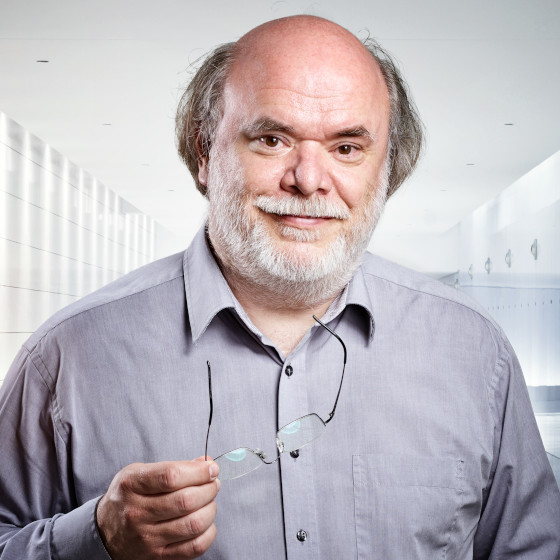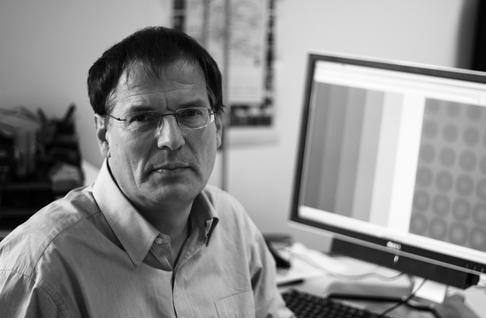Overview
This advanced lecture discusses the mathematical concepts and algorithms that are used to simulate the propagation of light in a virtual scene. The topics include Monte Carlo sampling, various Global Illumination algorithms (from the basic Path Tracing algorithm to more advanced algorithms like Vertex Connection and Merging), and HDR imaging. In the practical exercises, the students implement some of the algorithms discussed in the lecture in a lightweight rendering framework.
Instructors
Teaching Assistants
Tutors


Pre-requisites
- Programming experience with C++
The advanced concepts taught in this course build on the basic techniques that are part of our Computer Graphics core lecture. It is recommended to take that lecture first, but the RIS course is self-contained and can be followed without that background.
Tutorials and office hours
We offer a combined tutorial and office hour, taking place every Tuesday. At the start of it, the tutors will walk you through the grading of the previous assignment and discuss the upcoming assignment. Afterwards, you are welcome to use the seminar room to work on the assignments or study / discuss lecture materials. We will be available for any questions or issues during that time.
Lectures and assignments
General Regulations
- Type: Special Lecture, Practical computer science
- ECTS: 9 credit points
- Practical assignments
- Assignments can be submitted by groups of up to 2 students.
Literature
The lecture is not bound to a specific book. Here are some recommended books:
- Pharr, Jakob, Humphreys, Physically Based Rendering : From Theory to Implementation, Morgan Kaufmann
- Shirley et al., Realistic Ray Tracing, 2. Ed., AK. Peters, 2003
- Jensen, Realistic Image Synthesis Using Photon Mapping, AK. Peters, 2001
- Dutre, at al., Advanced Global Illumition, AK. Peters, 2003
- Glassner, Principles of Digital Image Synthesis, 2 volumes, Morgan Kaufman, 1995
- Cohen, Wallace, Radiosity and Realistic Image Synthesis, Academic Press, 1993
- Apodaca, Gritz, Advanced Renderman: Creating CGI for the Motion Pictures, Morgan Kaufmann, 1999
- Ebert, Musgrave, et al., Texturing and Modeling, 3. Ed., Morgan Kaufmann, 2003
- Reinhard, Ward, Pattanaik, Debevec, Heidrich, Myszkowski, High Dynamic Range Imaging, Morgan Kaufmann Publishers, 2nd edition, 2010.
- Myszkowski, Mantiuk, Krawczyk. High Dynamic Range Video. Synthesis Digital Library of Engineering and Computer Science. Morgan & Claypool Publishers, San Rafael, USA, 2008.
Here is a list of other reference materials you can use, grouped by topic:
- Monte Carlo Integration: Eric Veach’s thesis, chapter 02
- Path Sampling Techniques: Iliyan Georgiev’s thesis
- Foundations of Realistic Rendering: Mathias M. Lang’s thesis
- Direct Lighting: Shirley, Wang, Zimmerman, “Monte Carlo Techniques for Direct Lighting Calculations”
- Multiple Importance Sampling:
- Bidirectional Path Tracing: Eric Veach’s thesis, chapters 10, 11
- Instant Radiosity:
- Light Cuts: Cornell University, “Lightcuts: A Scalable Approach to Illumination”
- High Dynamic Range Imaging: http://www.cl.cam.ac.uk/~rkm38/hdri_book.html






